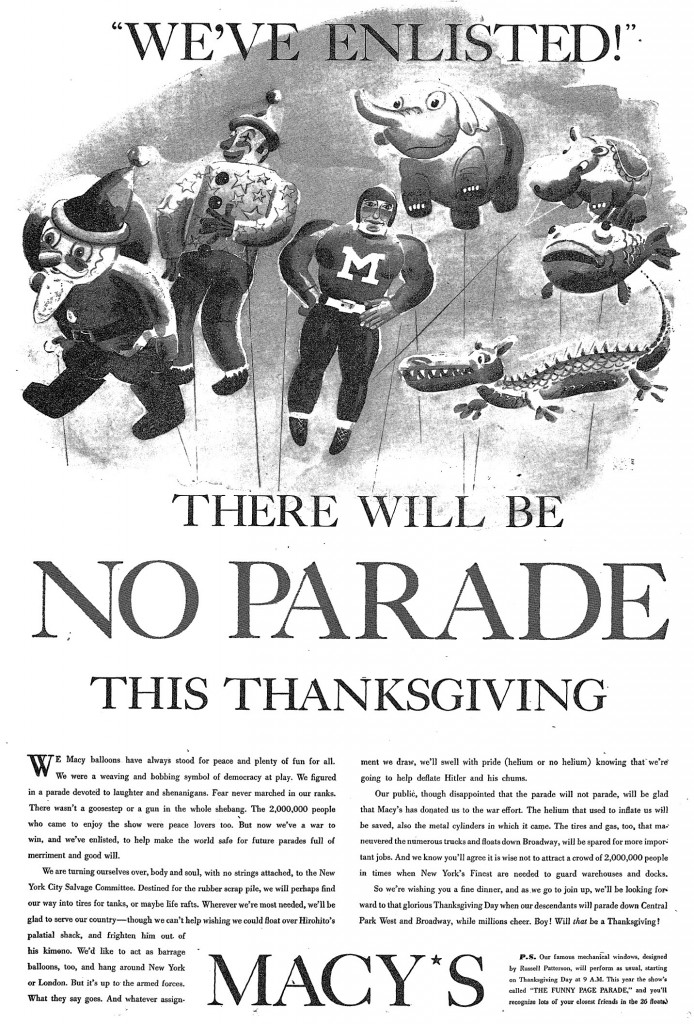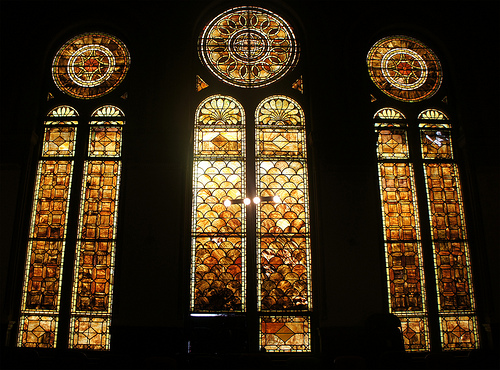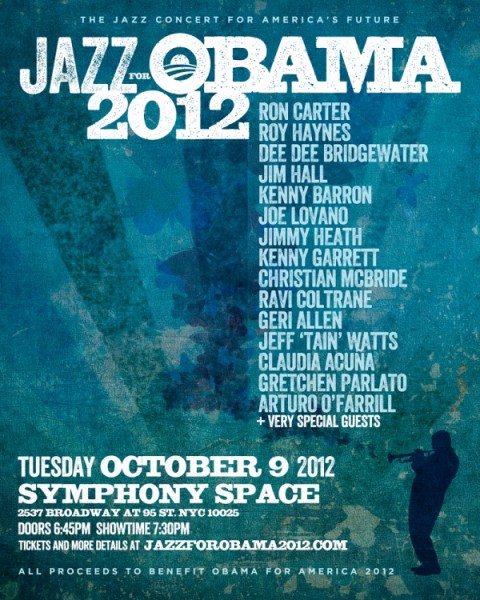
Embarkation, by Thomas Hart Benton
By Marjorie Cohen
Of all of the extraordinary material that has been collected for the New York Historical Society’s new exhibit, WWII & NYC (October 5-May 27) what I found most striking is the 22-minute film diary of the war made by New Yorker Francis Lee. Lee, born on East 10th Street, took his camera with him to training in Texas, then to England, to Omaha Beach, to the Liberation of Paris and back to East 10th Street. His journey was one that many took, the fact that he recorded it in film is extraordinary.
The chief historian for the Society’s new exhibit, Kenneth T. Jackson, Professor of History at Columbia University, describes WWII as the “last war we were all in.” He explains that every New Yorker was, in some way or other, involved in the war effort. No U.S. city was as transformed by the war as ours. New York, the busiest port in the U.S. virtually vibrated with war-related activity. From the workings of the Manhattan Project to the rallies in support of the European victims of the war, to the women working at the Brooklyn Navy Yard helping to build ships to the children who planted victor gardens, the entire city was engaged and involved.
 WWII &NYC tells the dramatic story of the 900,000 New Yorkers who fought, the ones who were left behind to fill their jobs and hope for their return, the heart-wrenching goodbyes, the celebratory homecomings and the step- by- step progress of the war from 1942 to 1945.
WWII &NYC tells the dramatic story of the 900,000 New Yorkers who fought, the ones who were left behind to fill their jobs and hope for their return, the heart-wrenching goodbyes, the celebratory homecomings and the step- by- step progress of the war from 1942 to 1945.
The exhibit’s curators have gathered 400 objects and images to tell their story. From the miniscule — matchbook cover that exhorts users to ”Strike ’em Dead” — to the large — the 16 foot long Manhattan Project Cyclotron that played a major role in the development of the atom bomb—the range and variety of items on display is impressive.
Exhibit organizers have effectively used technology to help tell their story with a table top map of military installations in the city, touch screen video interviews with New Yorkers telling their own stories of joining the WAVES, working at the Brooklyn Navy Yard, filming the liberation at Dachau. A somewhat lower- tech mural of the kinds of ships that embarked from the US is another excellent teaching tool.
This is a big story told in small, easily understood pieces. The stage is set in the first room of the exhibit by the voice of Edward R. Murrow broadcasting from London in 1940 that seems to emanate from a Philco radio of the period. This is a fitting introduction to the exhibit—a strategic mix of the homey and the historical.
The curators have divided the main exhibit into four distinct sections: The War of Opinions; The New York Homefront, Going to War and The End of War.
Posters, cartoons, books, photos, paintings, videos, costumes, it’s all here. One of the most moving is a painting by Thomas Hart Benton which was originally commissioned by the government as a propaganda piece. When Benton titled his painting Embarkation (Prelude to Death), the government backed out of the deal.
The exhibit does not shy away from the racial issues brought up by the war. The story of the artist Jacob Lawrence, a black who served in the Coast Guard, is an eye-opening piece of history.
Probably one of the most appealing aspects of the exhibit is its focus on the individuals who were effected by the war. Excerpts from letters from one soldier to his sweetheart, profiles of a cross section of New Yorkers who served, a showcase of uniforms warn by the city’s soldiers and sailors, even a helmet designed by the staff of the Metropolitan Museum’s Arms and Armor Department all illustrate how everyone in the city was in the effort together.
The exhibit gives the viewer a vivid sense of what it must have felt like to be in New York during the war. From its beginning with photos of some of the 1,462 convoys of 21,459 ships leaving the port of New York to its end, with pictures of the troop ships coming back to port jam- packed with the survivors—the story is all here and is told with care and a striking attention to detail.
In conjunction with the exhibit, the Historical Society is launching its first pay-as-you-wish film series featuring classic and contemporary films focusing on life during and after World War II. On October 26, Director George Lucas will join Tuskegee Airman Roscoe Brown and Brent Staples to show and discuss Double Victory, a documentary about the first all-black aerial unit who broke racial barriers during the war.
For information on the exhibit, related programs and films, go to nyhistory.org.










This is an AWESOME exhibit, and an example of The New-York Historical Society at its BEST!
The exhibit is filled with amazing tid-bits of information, such as how we once pledged allegiance to the flag by raising our right arm … until WWII, or how the armor unit of the Metropolitan Museum of Art contributed to the safety of every soldier, or the torrent of differing pre-Pearl Harbor opinions amongst various segments of New York about whether or not the U.S. should enter the war.
It is a must-see exhibit! Go!!!
Today’s old photo site, Shorpy, shows how at least Riverside Park hasn’t changed in 102 years:
https://www.shorpy.com/node/13850